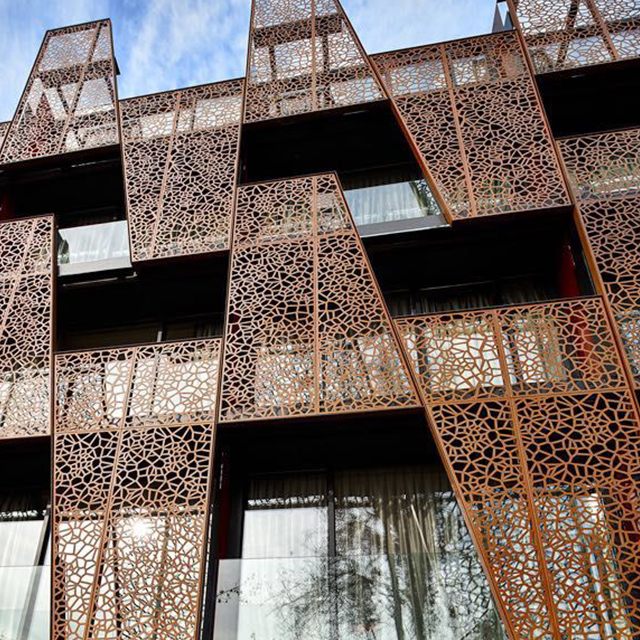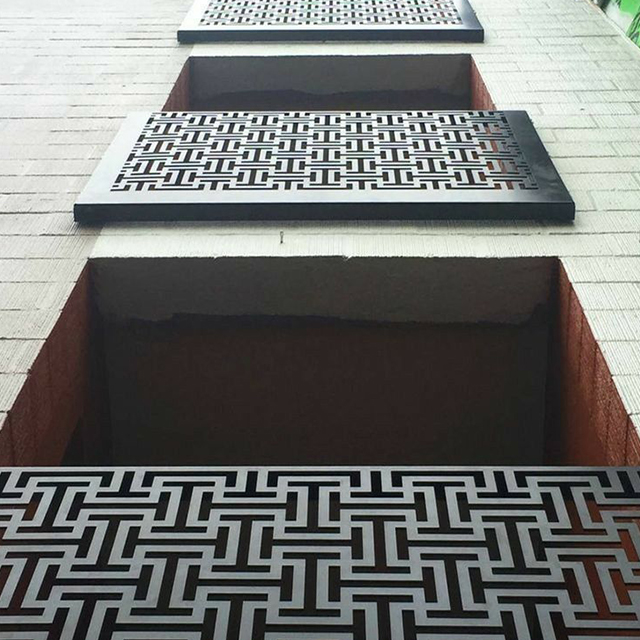Discover how antimicrobial metal wall panels enhance hygiene in healthcare facilities. Learn about antibacterial coatings, sustainable designs, and infection control solutions. Explore more at Likton Metal.
In healthcare environments, where hygiene and infection control are paramount, antimicrobial metal wall panels are emerging as a groundbreaking solution. These specialized panels combine the durability of metal cladding with advanced antibacterial properties, making them ideal for hospitals, laboratories, and medical centers. This article explores their benefits, design applications, and role in creating safer healthcare spaces.
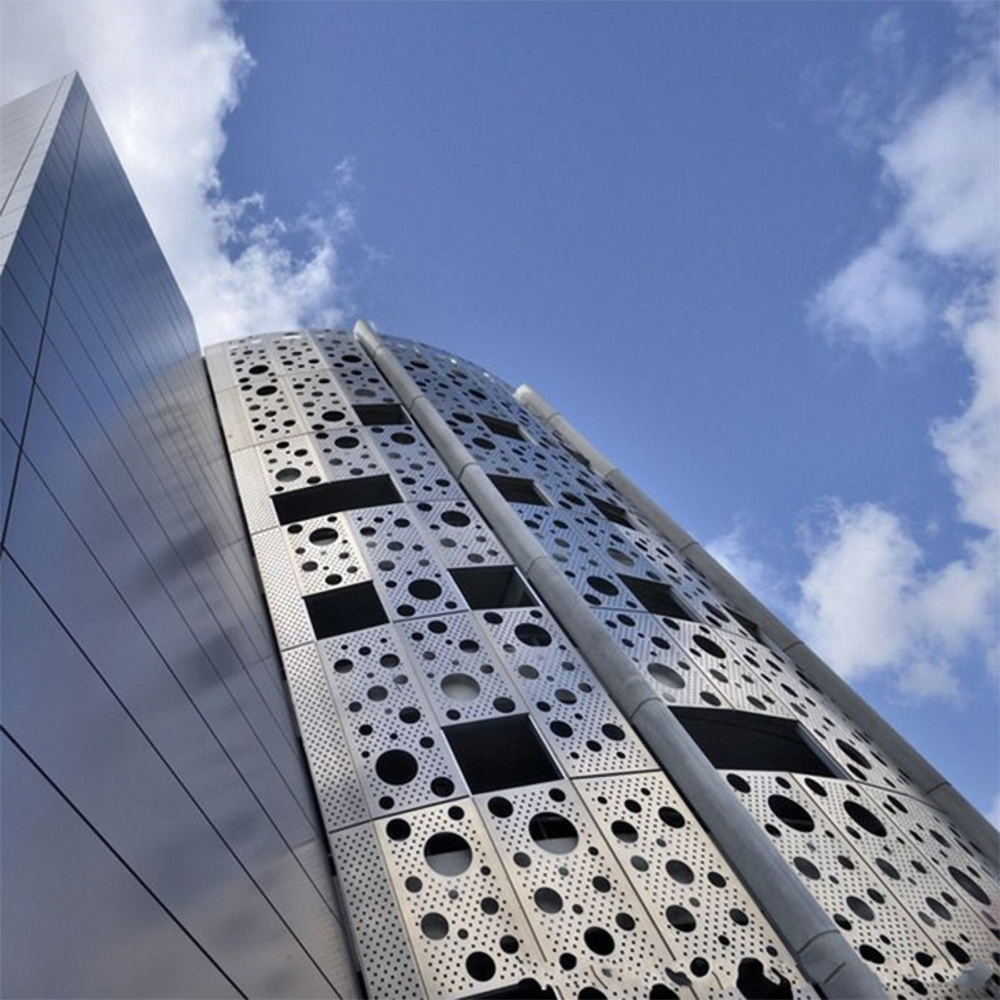
1. Why Antimicrobial Coatings Matter in Healthcare
Antimicrobial metal wall panels are infused with silver ions or copper-based coatings that actively inhibit bacterial growth. Key advantages include:
- Infection Control: Reduces surface contamination by up to 99.9% (based on EPA testing).
- Durability: Withstands frequent cleaning with harsh disinfectants without degrading.
- Compliance: Meets WHO and CDC guidelines for healthcare surface materials.
Case Study: The Mayo Clinic in Minnesota uses antimicrobial aluminum panels in high-touch areas like ICU units.
Learn about healthcare material standards: CDC Guidelines
2. Benefits of Antibacterial Aluminum Cladding
Antibacterial aluminum cladding offers unique advantages for medical facilities:
- Non-Porous Surfaces: Prevents microbial penetration compared to traditional materials like wood or vinyl.
- Corrosion Resistance: Withstands chemical cleaners and bodily fluids.
- Aesthetic Versatility: Available in seamless designs to eliminate germ-harboring joints.
Example: Singapore’s Ng Teng Fong General Hospital uses seamless antimicrobial panels in operating rooms.
Explore medical-grade materials: The Aluminum Association
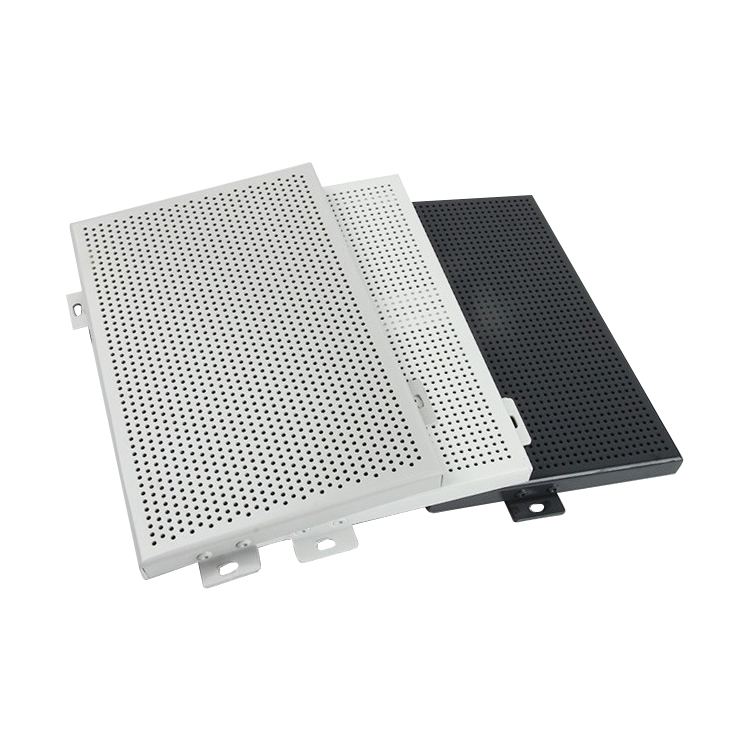
3. Designing Healthcare Facility Exteriors
Healthcare facility cladding solutions require:
- Seamless Joints: Laser-welded panels to eliminate crevices where pathogens could accumulate.
- Natural Light Integration: Perforated panels with antibacterial coatings that allow daylight while maintaining hygiene.
- Wayfinding Integration: Color-coded cladding systems to guide patients while resisting stains.
Innovation: The Royal London Hospital uses color-coded antimicrobial cladding for intuitive navigation.
Read design guidelines: American Society for Healthcare Engineering (ASHE)
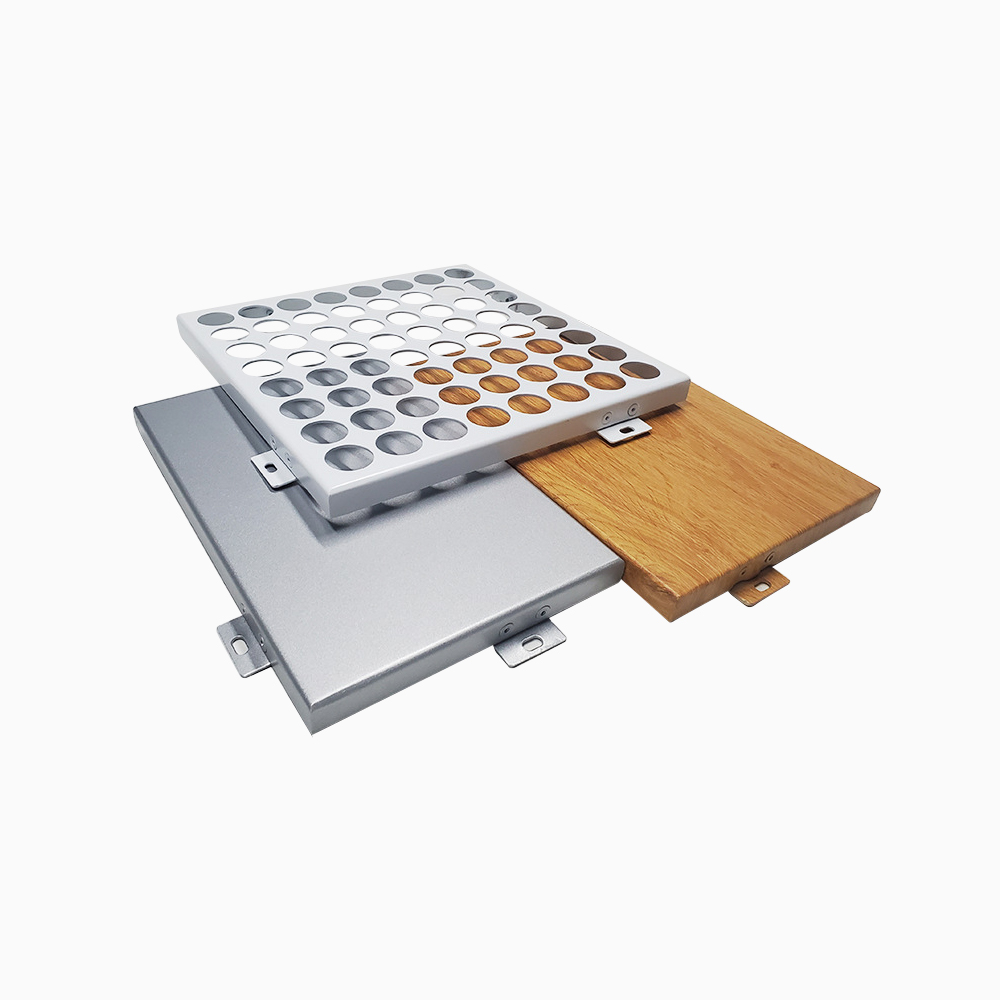
4. Hygienic Installation Practices
Installation of antimicrobial panels in medical settings demands:
- Controlled Environments: Install during off-hours to minimize cross-contamination.
- Sealed Fasteners: Use concealed clip systems to avoid exposed screws.
- Post-Installation Sanitization: Clean panels with hospital-grade disinfectants before occupancy.
Tip: Partner with contractors experienced in healthcare construction protocols.
Learn installation standards: FGI Guidelines
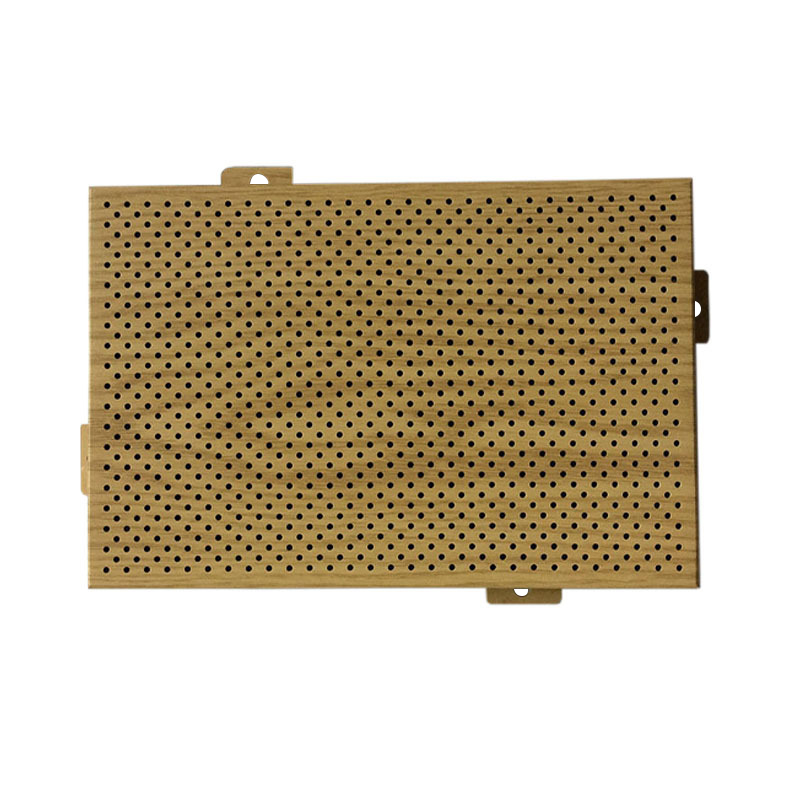
5. Sustainability in Medical Building Exteriors
Sustainable medical building exteriors balance hygiene and eco-friendliness:
- Recyclable Materials: Aluminum panels are 100% recyclable, reducing clinical waste.
- Energy-Efficient Designs: Insulated antimicrobial panels reduce HVAC loads in 24/7 facilities.
- Low-VOC Coatings: Ensure indoor air quality while maintaining antibacterial properties.
Example: Cleveland Clinic’s new wing achieved LEED Gold using recyclable antimicrobial cladding.
Explore green healthcare design: US Green Building Council – Health
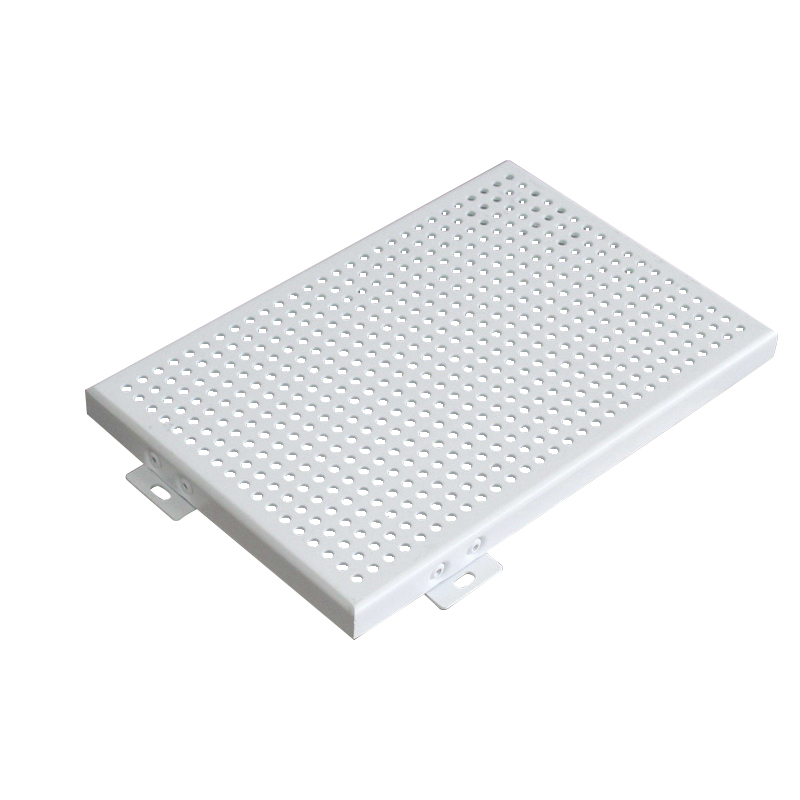
6. Future Trends in Healthcare Cladding
Emerging innovations include:
- Self-Disinfecting Surfaces: UV-embedded panels that activate under hospital lighting.
- AI-Monitored Wear: Sensors detecting microbial buildup and signaling cleaning needs.
- Biophilic Integration: Antimicrobial panels with natural textures to reduce patient stress.
Research Insight: Johns Hopkins is testing photocatalytic titanium dioxide coatings for viral resistance.
Conclusion
Antimicrobial metal wall panels are transforming healthcare architecture by merging infection control with durable, sustainable design. From operating rooms to patient wings, these solutions address the unique challenges of medical environments while supporting green building goals.
For healthcare-grade metal cladding, visit Likton Metal or contact our team for a sterile-compliant product catalog.
